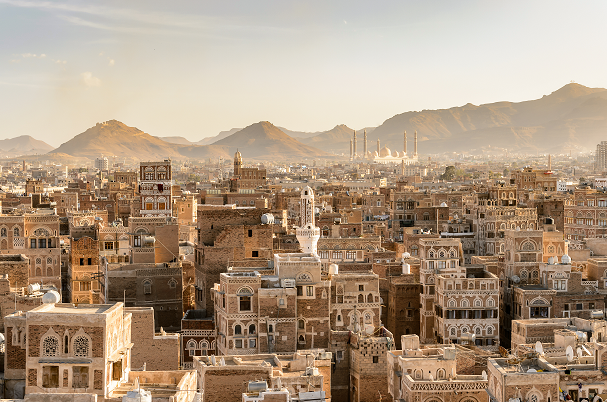
Pre-reading questions:
I will read each question. Then, please answer them.
- Which do you think is better: a mud house or a concrete one? Please elaborate on your answer.
- Have you seen a mud structure? What do you think of it?
Vocabulary:
I will read the words, meanings, and sample sentences. Then, repeat after me.
- environmentally friendly /en-vahy-ruhn-MUHN-tl-lee FREND-lee/
- majority /muh-JAWR-i-tee/
- mud /muhd/
- appeal /uh-PEEL/
- crisis /KRAYH-sis/
[adjective] – not harmful to the environment, or trying to help the environment
The company will use environmentally friendly energy sources.
[noun] – the larger number or part of something
The majority of the employees are here.
[noun] – earth that has been mixed with water
His father found him in the mud.
[noun] – the quality in someone or something that makes him, her, or it attractive or interesting
The place used to be a beautiful park, but it has lost its appeal in recent years.
[noun] – a time of great disagreement, confusion, or suffering
The crisis had a negative effect on the business.
Article reading:
Please read the whole article. Then, I will check your pronunciation and intonation.
Mud structures are amazingly effective at keeping us warm in the winter and cool in the summer while also withstanding severe weather. Architects are turning back to this neglected, ancient building material in their quest for more environmentally friendly structures.
In Yemen’s ancient walled capital of Sana’a, mud towers soar high into the sky. The tall towers are composed completely of rammed earth and are coated in striking geometric patterns. The clay buildings blend in with the nearby ochre-colored mountains. Because of its unusual mud architecture, Sana’a has been named a Unesco World Heritage Site. According to Salma Samar Damluji, co-founder of the Daw’an Mud Brick Architecture Foundation in Yemen, the majority of the historic buildings are still in use as private residences today, despite the fact that Sana’a’s structures date back thousands of years. Because of how adaptable, insulated, and sustainable these mud houses are for modern use, their appeal has not diminished.
In an effort to create sustainable buildings that can resist harsh weather conditions like flash floods and sweltering heat, architects all over the world are reviving the use of raw earth in construction. Could the design of our future homes and cities be influenced by this old style of architecture? Could the climate crisis be significantly solved with this back-to-basics approach?
In Yemen’s ancient walled capital of Sana’a, mud towers soar high into the sky. The tall towers are composed completely of rammed earth and are coated in striking geometric patterns. The clay buildings blend in with the nearby ochre-colored mountains. Because of its unusual mud architecture, Sana’a has been named a Unesco World Heritage Site. According to Salma Samar Damluji, co-founder of the Daw’an Mud Brick Architecture Foundation in Yemen, the majority of the historic buildings are still in use as private residences today, despite the fact that Sana’a’s structures date back thousands of years. Because of how adaptable, insulated, and sustainable these mud houses are for modern use, their appeal has not diminished.
In an effort to create sustainable buildings that can resist harsh weather conditions like flash floods and sweltering heat, architects all over the world are reviving the use of raw earth in construction. Could the design of our future homes and cities be influenced by this old style of architecture? Could the climate crisis be significantly solved with this back-to-basics approach?
Comprehension questions
I will read each question. Then, please answer them based on the article.
- What are architects turning back to?
- What are the tall towers composed of?
- Which has been named a Unesco World Heritage Site?
- Why has the mud houses’ appeal not diminished?
- Why are architects all over the world reviving the use of raw earth in construction?
Discussion questions
I will read each question. Then, please answer them.
- What is your house made of? Could you tell me about it?
- How do you keep yourself cool in the summer? Please elaborate on your answer.
- Would you like to live in a house made of mud? Why or why not?
- Do you believe that the back-to-basics technique will provide an important solution to the climate crisis?
- In your opinion, what disadvantage does a mud house have?